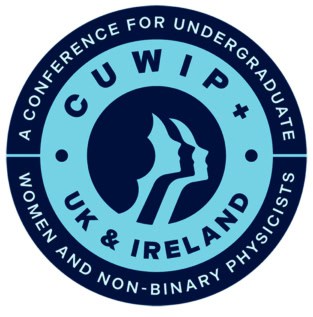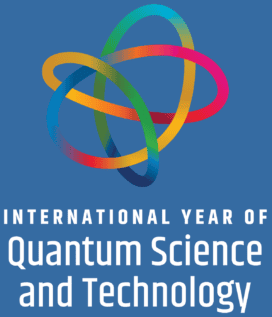Forging a more inclusive new generation of physicists
The latest episode of Physics World Stories takes you inside CUWiP+, the Conference for Undergraduate Women and Non-Binary Physicists, and the role the annual event plays in shaping early experiences of studying physics.
 The episode features June McCombie from the University of Nottingham, who discusses what happens at CUWiP+ events and why they are so important for improving the retention of women and non-binary students in STEM. She reflects on how the conferences create space for students to explore career paths, build confidence and see themselves as part of the physics community.
The episode features June McCombie from the University of Nottingham, who discusses what happens at CUWiP+ events and why they are so important for improving the retention of women and non-binary students in STEM. She reflects on how the conferences create space for students to explore career paths, build confidence and see themselves as part of the physics community.
Reflections and tips from CUWiP+ 2025
University of Birmingham students Tanshpreet Kaur and Harriett McCormick share their experiences of attending the 2025 CUWiP+ event at the University of Warwick and explain why they are excited for the next event, set for Birmingham, 19–22 March 2026. They describe standout moments from 2025, including being starstruck at meeting Dame Jocelyn Bell Burnell, who discovered radio pulsars in 1967.
The episode provides practical advice to get the most out of the event. Organizers design the programme to cater for all personalities – whether you thrive in lively, social situations, or prefer time to step back and reflect. Either way, CUWiP+ offers opportunities to be inspired and to make meaningful connections.
Hosted by Andrew Glester, the episode highlights how shared experiences and supportive networks can balance the often-solitary nature of studying physics, especially when you feel excluded from the majority group.
The post Forging a more inclusive new generation of physicists appeared first on Physics World.

